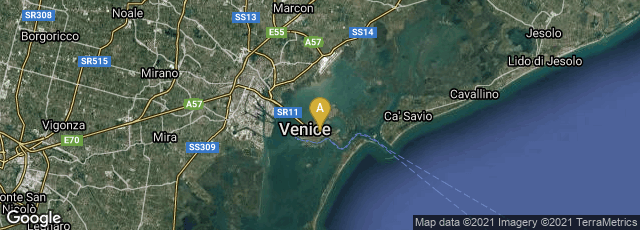

Between November 10 and 20, 1494 Fra Luca Bartolomeo de Pacioli published at the press of Paganinus de Paganinis in Venice Summa de arithmetica geometria, proporzioni et proporzionalita. This was “the first great general work on mathematics printed” (Smith, Rara arithmetica, 56).
“[The Summa] contains a general treatise on theoretical and practical arithmetic; the elements of algebra; a table of moneys, weights and measures used in the various Italian states; a treatise on double-entry bookkeeping; and a summary of Euclid’s geometry. . . . Although it lacked originality, the Summa was widely circulated and studied by the mathematicians of the sixteenth century. Cardano, while devoting a chapter of his Practica arithmetice (1539) to correcting the errors in the Summa, acknowledged his debt to Pacioli. Tartaglia’s General trattato de’ numeri et misure (1556-1560) was styled on Pacioli’s Summa. In the introduction to his Algebra, Bombelli says that Pacioli was the first mathematician after Leonardo Fibonacci to have thrown light on the science of algebra. . . . Pacioli’s treatise on bookkeeping, ‘De computis et scripturis,’ contained in the Summa, was the first printed work setting out the ‘method of Venice,’ that is, double-entry bookkeeping. [Richard] Brown has said [in his History of Accounting and Accountants, 1905] that ‘The history of bookkeeping during the next century consists of little else than registering the progress of the De computis through the various countries of Europe” (Dictionary of Scientific Biography).
ISTC no. il00315000 points out the very unusual aspect of the edition that two re-issues of the first edition exist with some sheets reprinted. One of these is thought to date after 1509 and another after 13 August 1502. Nevertheless, these re-issues bear the original publication date.
In November 2013 a digital facsimile of a copy dated 1494 was available from the Herzog Auguste Bibliothek Wolfenbüttel at this link.